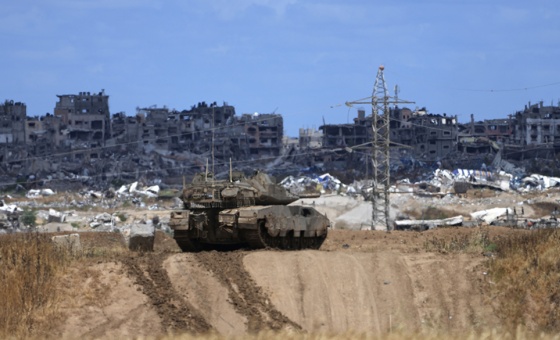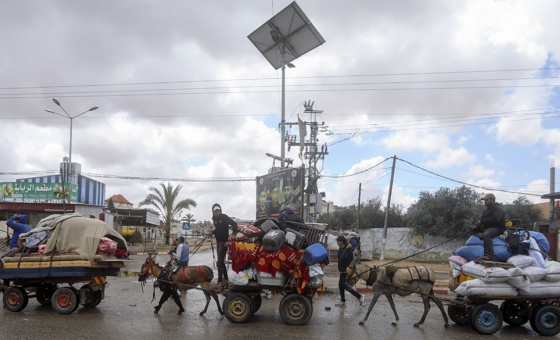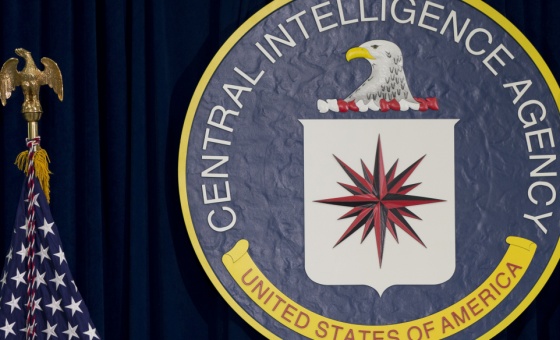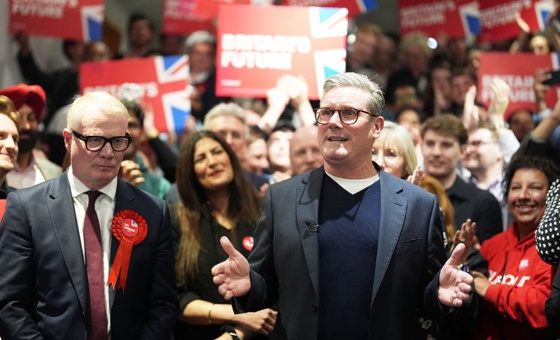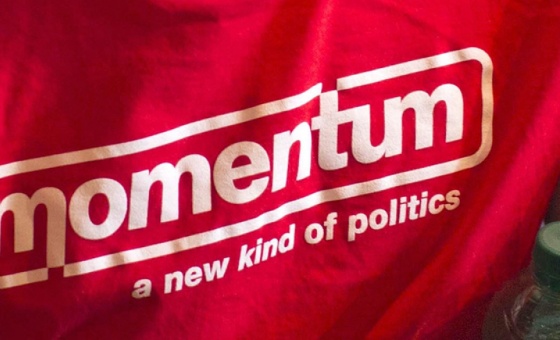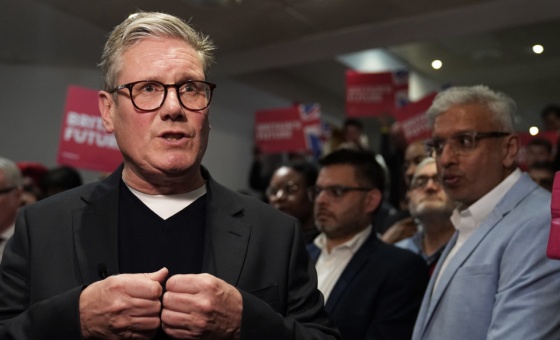This is the last article you can read this month
You can read more article this month
You can read more articles this month
Sorry your limit is up for this month
Reset on:
Please help support the Morning Star by subscribing here
EARLIER this month marked the 71st anniversary of Japan’s surrender to the allied powers and the end of the World War II.
On August 15 1945, six days after the second of the US’s atomic bombs had been dropped on Nagasaki, killing some 40,000 people, the empire of Japan surrendered unconditionally.
Perhaps because of the controversy surrounding the atomic bombs, Victory Over Japan day is not remembered with the same righteous and patriotic verve as D-day — well that or maybe because it falls in the middle of summer no-one cares to remember it.
The day has special significance in both North and South Korea as with the Japanese surrender came Korea’s independence — which was still a united country at the time.
I lived over in South Korea for the best part of a decade, and though I can’t say I remember people doing much in the way to celebrate, I’m sure the president and various other dignitaries must have some sort of an official ceremony; everyone else just has the day off from their 12-hour workday grind.
In Japan, however, the day goes by an altogether more sombre name: End-of-the-war Day. Though not a public holiday, the Japanese Prime Minister usually does hold an official ceremony, one which ends up enraging most of east Asia — particularly the Koreas, Taiwan and China which tend to respond by issuing stern statements and occasionally pulling out of diplomatic meetings.
However, the anger is not so much aimed at the fact that the Japanese government commemorates their war dead, but more to do with where they decide to commemorate them. And that place is called Yasukuni shrine, a grand Shinto temple located in the middle of Tokyo and not far from the emperor’s official digs.
This year was slightly different however as the Japanese Prime Minister Shinzo Abe and his defence minister decided to forgo a visit to Yasukuni Shrine, though Abe did send an aide in his place, two other cabinet ministers, his brother, and around 70 lawmakers.
Despite the Prime Minister’s absence, the South Korean foreign ministry issued a statement expressing “deep concern and regret” over the visits and urged Japan to show “humble self-reflection and sincere remorse for its past wrongdoings.”
China’s foreign ministry also urged the Japanese government to “earnestly face up to history and reflect on its past aggressive history, and properly handle related issues in a responsible manner.”
The “related issues” probably refer to the uninhabited islands in the South China Sea that the two countries are currently squabbling over.
Making matters worse is the fact that the newly appointed Japanese Defence Minister Tomomi Inada has in the past denied the Nanjing massacre ever happened, downplayed her country’s role in forcing Korean women to sexually service Japanese soldiers, and questioned the legitimacy of the Tokyo war crimes tribunal.
One of the things that both fascinated and depressed me about Korea while I was living there was the venom regular South Koreans express towards Japan and the fact that, unlike in Europe, the governments of South Korea, China and Japan have never properly buried the hatchets of the second world war.
Around two years ago, while visiting some old friends in Tokyo, I decided to visit Yasukuni in the hopes of figuring out what the controversy surrounding the shrine is all about.
There are thousands of similar shrines dotted around Tokyo, so why should this place of quiet worship enrage so many in the Far East whenever Japanese dignitaries visit it?
Well, that’s probably down to the alternative history lesson inside the shrine’s museum, and the fact that around a thousand souls of the roughly two million enshrined within Yasukuni were executed as war criminals.
Obviously, the shrine wasn’t originally built as an exclusive graveyard for war criminals. It was actually constructed in 1869 to honour those who died during the complicated series of uprisings and civil bloodshed known to history as the Boshin war — thankfully Hollywood has simplified the whole convoluted affair for us all in the Last Samurai by having a white US guy (played by Tom Cruise) save the day yet again.
Ever since it was built the shrine has been used, in its own words, to “commemorate those who dedicated their precious lives to their mother country.”
I’d question whether all those who “dedicated their lives” — ie died for the whims of the ruling classes — did so entirely of their own free will.
The grounds at Yasukuni are peacefully theatrical. The huge iron gates that lead up to the shrine are particularly impressive. While I was there, I overheard a Korean camera crew filming the shrine and wondered how impartial their report was likely to be.
People were praying silently and my blissful ignorance left me quite at ease.
It was only when I walked into the museum, however, that I began to see where the controversy surrounding Yasukuni stems from.
The museum is distorted by wild and unblinking patriotism — not unlike museums in London, Washington, Paris, etc. It starts off by displaying all the fascinating samurai gear you’d hope to see, but then leaps to the late 19th and early 20th centuries and describes the start of Japan’s overseas empire.
One display shows the Western superpowers encircling Japan, implying that empire was forced upon it, which, to be honest, is probably true.
However all the descriptions of what led up to the east Asia war (as the second world war is called in Japan), the annexation of Korea, the creation of Manchuria, the seizing of Hong Kong and Singapore, the bombing of Pearl Harbour etc, are all incredibly vague. Of course, not a word is mentioned of the massacres at Nanking, Singapore or Manila, slave labour, human experimentation or sexual exploitation.
The most delusional display in the whole museum is a map of Asia that has on it the dates, flags and portraits of all the independence leaders in the region — including Gandhi, Aung Su and Tunku Abdul Rahman. And under this is this quote: “In the early stages of the east Asia war, Japan’s victories inspired the rest of Asia to gain independence from the Western superpowers.”
I wondered what people from Korea, Manchuria, China, the Philippines, Taiwan, Hong Kong, Singapore, India, Thailand, Vietnam, Malaysia, Cambodia, Laos, and Indonesia, etc, would think of that? Had they not tried to overthrow their European oppressors before the Japanese imperial army showed up? What about the Boxer, Sepoy, Moro and countless other rebellions?
Of course Japan is not the only country in the world with museums, education systems, governments, corporations and media dedicated to the propagation of selective, censored or deluded histories. Untold numbers of people were sold into slavery, butchered, raped, oppressed and bombed into oblivion so that we in the West may live in the opulence their natural resources and cheap labour have provided us.
Yet all that is swept under the rug so that we may focus on the evil doings of people and cultures different from our way of life.
After taking a good long gander at a kamikaze plane, imagining the final moments of the pilot’s life and the intense horrors of their targets, I had to escape the unbound nationalistic nonsense of Yasukuni and head back into the neon-jungle wonderland of Tokyo.
Ben Cowles is the deputy features editor for the Morning Star. His twitter handle is @Cowlesz.

